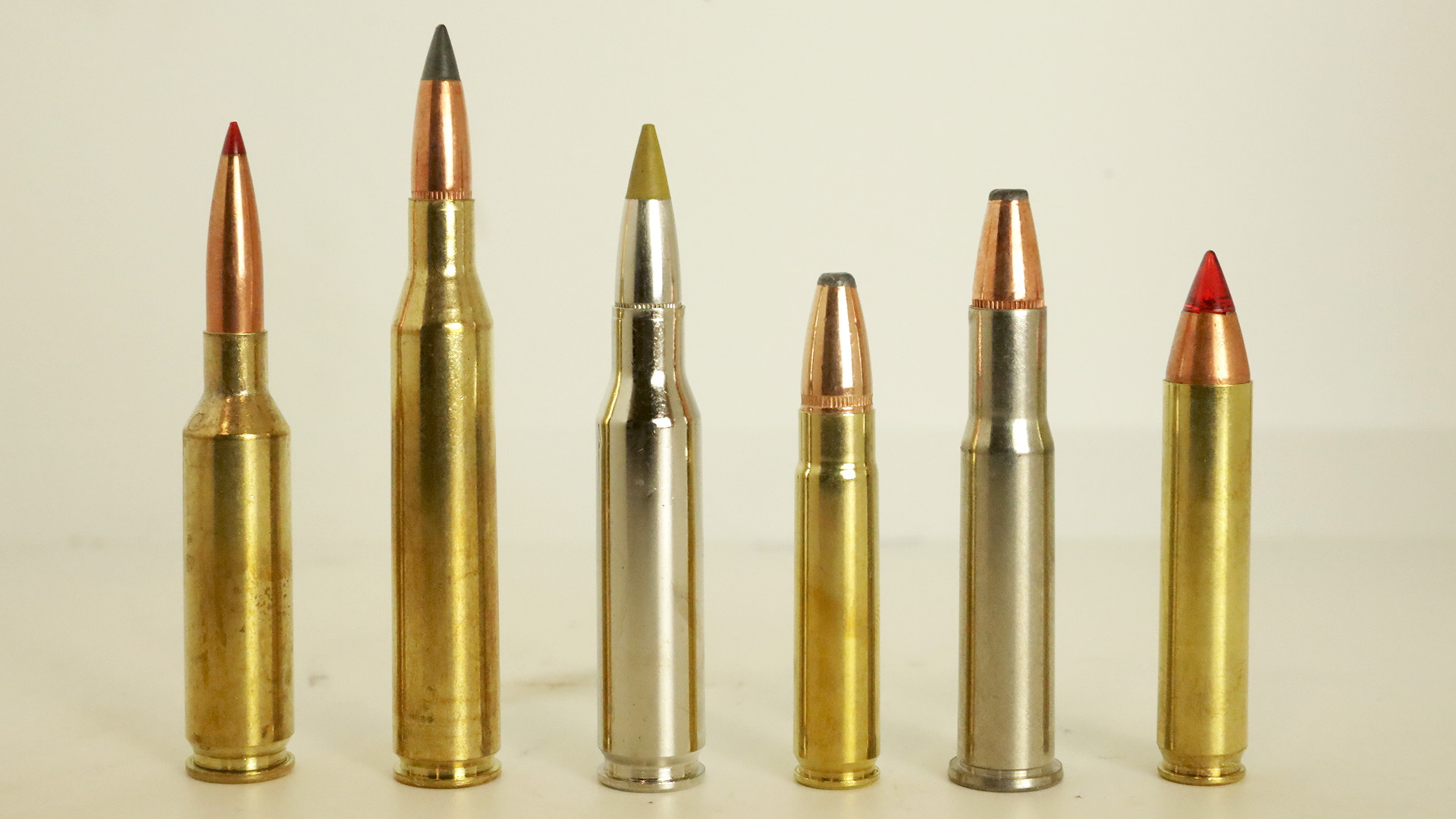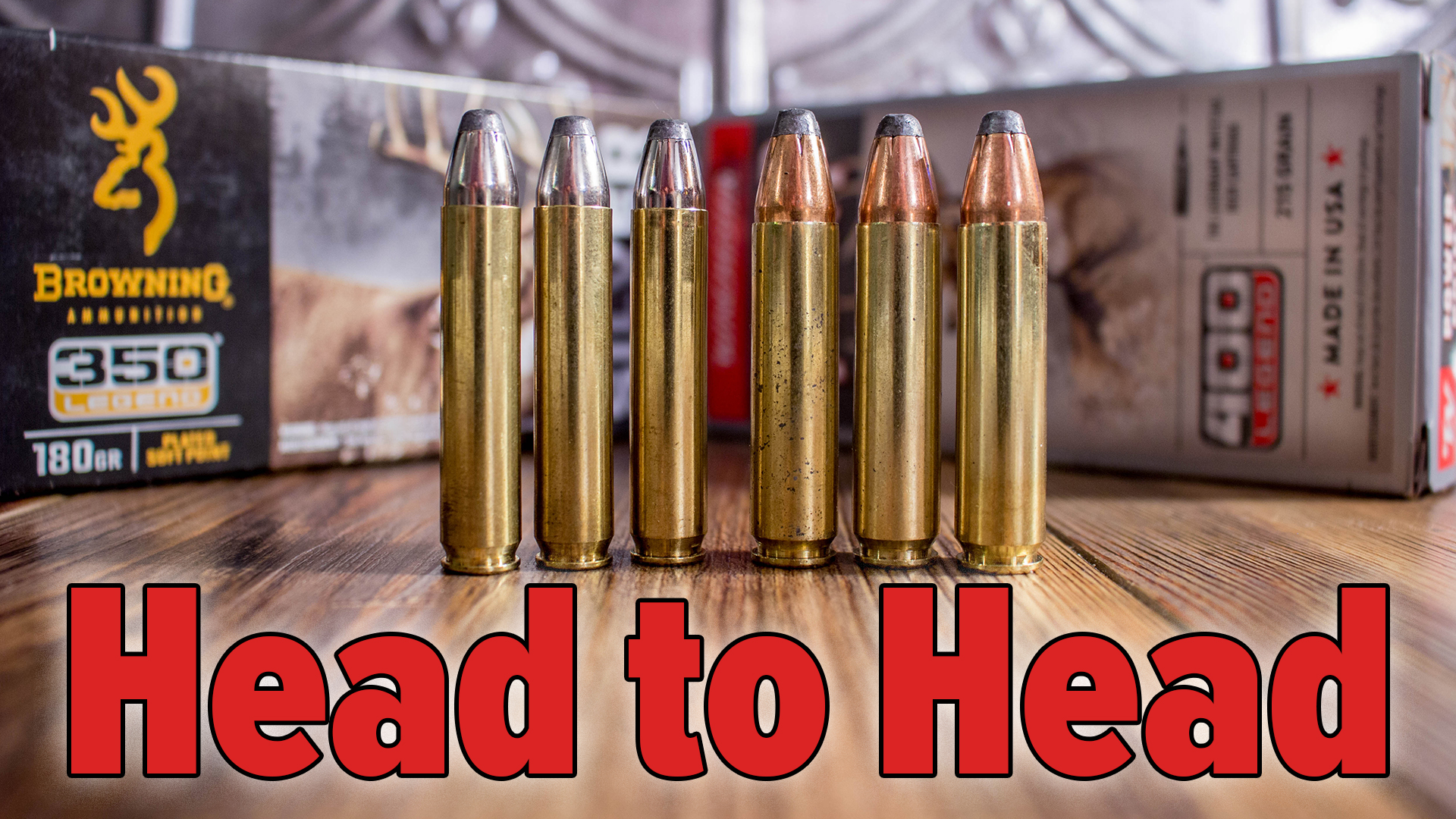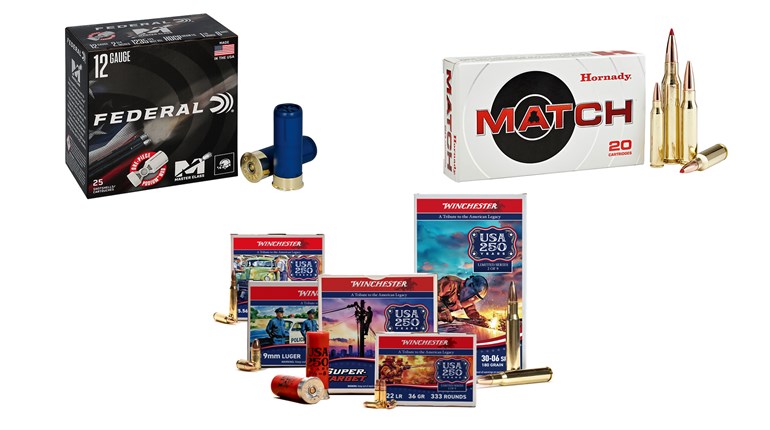
“Tell me you’re a magnum without telling me you’re a magnum…” The word magnum is a gender-neutral Latin word meaning great, and has come to describe an object or effort larger than normal. For example, a magnum bottle of wine is much larger than a standard bottle, a magnum opus is someone’s greatest work, but in the cartridge world, it indicates performance (usually in velocity or bullet weight) greater than that which has become standard.
The 7x57mm Mauser is a fine cartridge, but as it pretty well defined the performance level of 7mm cartridges, it wouldn’t be considered a magnum cartridge, while the 7mm Remington Magnum—which gives a marked velocity increase—is worthy of the moniker. Where the .30-40 Krag and .30-30 Winchester (followed by the .30-06 Springfield) established the .30-caliber performance level, one can see why the .300 Holland & Holland bore the magnum name. And while the .416 Rigby has a well-deserved reputation for cleanly taking—and stopping—the world’s largest and most dangerous game animals, that cartridge defined the performance level of that bore diameter. Yet, not all magnum cartridges bear that name, but still meet all the criteria for the title. Let’s look at my top five magnum cartridges, without magnum in the name.
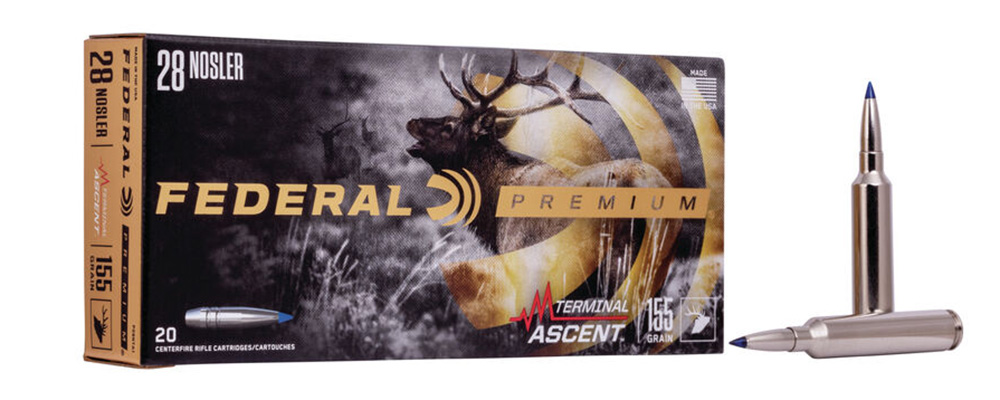
1. 28 Nosler
The most popular of the Nosler series of cartridges, this 7mm is based on a .404 Jeffery, with the majority of the body taper removed, and shortened to be housed in a long action receiver. Giving roughly 200 fps more velocity than does the 7mm Remington Magnum, the 28 Nosler shoots flat, hits hard, and is assuredly a magnum in all but name. Driving a 175-grain bullet to 3125 fps, for just under 3,800 ft.-lbs. of energy at the muzzle, the 28 Nosler uses a rimless case, so there’s none of the issues associated with the belted H&H case which were so popular as a parent case during the 1950s and 60s. The case uses a 35-degree shoulder for headspacing, and a case with very little taper, yet it feeds wonderfully. If you want a bit more speed than the 7mm Remington Magnum offers, in a beltless design, the 28 Nosler is a definite candidate for that role.

2. .458 Lott
Jack Lott had a terrible experience with his .458 Winchester Magnum while hunting Cape buffalo in Mozambique; the cartridge had issues generating the advertised velocities and field performance was not up to par. Whether Jack’s shots were poorly placed, or whether the cartridge was actually deficient is lost to history, but nonetheless he set out to build a better mousetrap. The result was what I consider to be everything that Winchester should have done from the start: a 2.85-inch-length case (like the .375 H&H) instead of the 2.50-inch case of the .458 Winchester Magnum, allowing for a bit more room for powder, and generating the velocities of the .450 Nitro Express that Winchester was initially aiming for. The .458 Lott is a straight-walled case, using the Holland & Holland belt for headspacing, and in the modern factory loads will drive a 500-grain bullet to 2300 fps, bettering the Winchester design by 200 fps, depending on barrel length. Delivering over 5,800 ft.-lbs. of energy at the muzzle, the .458 Lott is perfectly suitable for any game animal that walks on earth. Despite not having the magnum surname, make no mistake that the Lott is a magnum cartridge in every sense of the word.
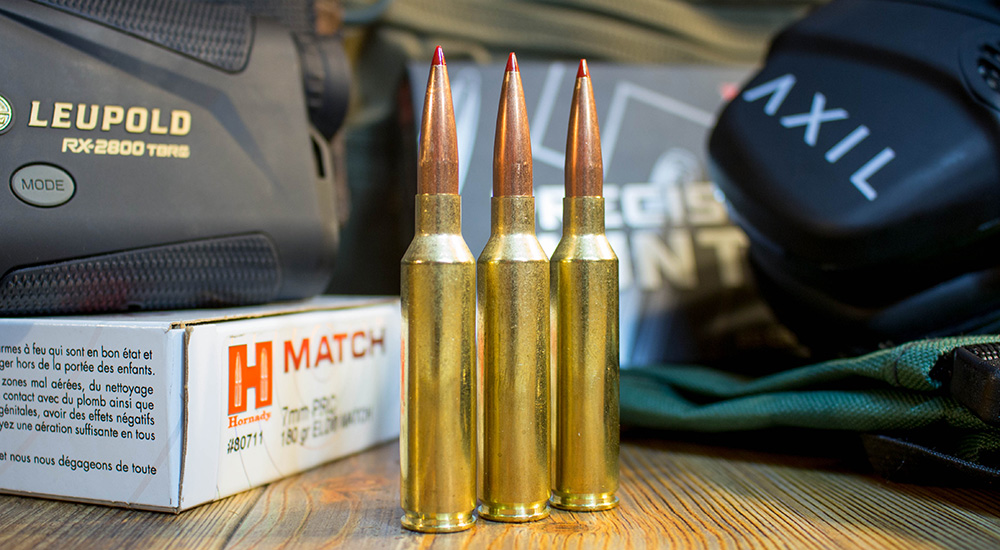
3. 7mm PRC
Hornady’s Precision Rifle Cartridge series has certainly garnered a following of late, and with good reason: they deliver serious downrange performance in a sensible package, making them equally applicable for target work as they are for the hunting crowd. The 7mm PRC is, in the humble opinion of this author, the finest of the lot, as it sends a high ballistic coefficient (BC) bullet at very respectable velocity. The 175-grain Hornady ELD-X leaves the muzzle at 3000 fps, as does the 160-grain lead-free CX bullet, so this long-action cartridge (once again) betters the 7mm Remington Magnum, in a rimless, beltless design, headspacing off the 30-degree shoulder. I've had the privilege of using the 7mm PRC both at the target range, where we tackled steel targets out to 1,500 yards, and a bit beyond, as well as using it in Wyoming to take pronghorn antelope and in British Columbia for black bear. In any of those situations, I was completely comfortable with the 7mm PRC in hand. Rather quickly, the 7mm PRC has caught on, with factory ammo available from not only Hornady—that offers a match-grade load in addition to the two hunting loads—but from Federal and Remington as well, giving a rather diverse selection of projectiles. Despite the name, the 7mm PRC is a magnum which delivers on all fronts.
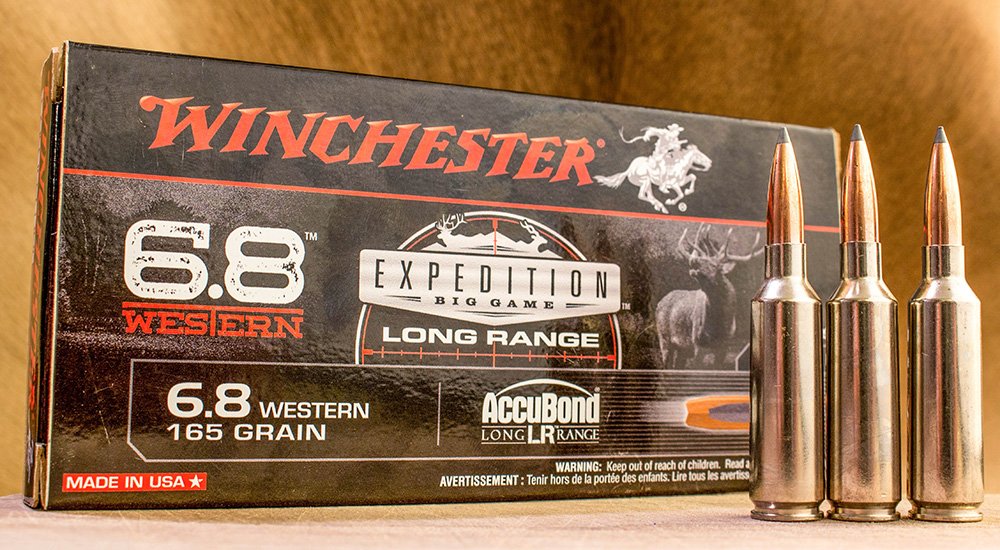
4. 6.8 Western
The Winchester/Browning collaborative gives the .277-inch-caliber a facelift, offering 165- and 175-grain bullets in a bore diameter which usually tops out at 150 grains. Based on the .270 WSM, but shortened a bit to function in the confines of a short-action magazine, the 6.8 Western uses a faster twist rate—1:8 in the Winchester rifles, 1:7.5 in the Brownings—to stabilize those long, heavy bullets. The 165-grain Nosler AccuBond load from Winchester sends that bullet from the muzzle at 2970 fps, and the 175-grain Sierra Tipped GameKing from Browning isn’t far behind at 2835 fps. This not only improves on the performance of the .270 WSM and .270 Winchester, but brings the .277-inch bore diameter into the same class as the 7mm Remington Magnum and 300 Winchester Magnum, but with considerably less recoil. I've really enjoyed hunting with and shooting the 6.8 Western; it is effective on game from pronghorn, deer, bear and elk, and is easier on the shoulder than the long action magnums. Just looking at the ballistics show that the 6.8 Western is—despite the metric nomenclature and simple name—a magnum, indeed.
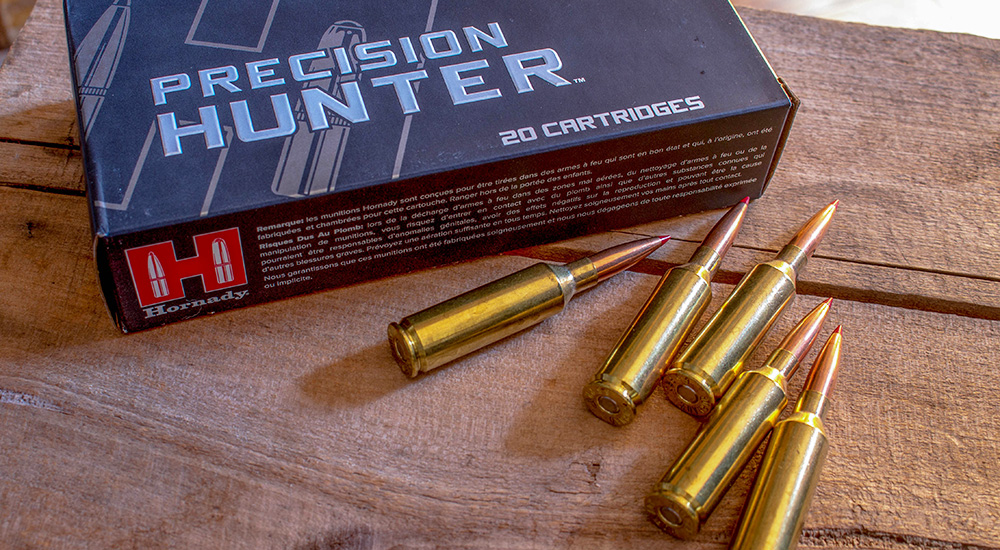
5. 6.5 PRC
Long before the word Creedmoor entered our daily vocabulary, the 6.5x55 Swede and 6.5x54 Mannlicher-Schöenauer were showing the shooting world what the 6.5mm bore diameter was capable of. The magnum-mania of the 50s and 60s saw a pair of attempts to improve on the standard performance level, with the 1959 release of the .264 Winchester Magnum and the 1966 release of the 6.5 Remington Magnum. Three decades later, Remington would once again visit the 6.5 bore diameter with the .260 Remington, and another decade on Hornady would begin the slow burn of the 6.5 Creedmoor. At the 2018 SHOT Show, Hornady announced the new 6.5 PRC, the first in the Precision Rifle Cartridge series. Considered by many to be big brother to the 6.5 Creedmoor, the 6.5 PRC betters the velocity of the now-standard Creedmoor by about 200 fps. Pushing the 143-grain ELD-X to a muzzle velocity of 2960 fps (ever notice how goo d number of cartridges perform well at that velocity?) and the lead free 130-grain CX bullet at 2975 fps, the 6.5 PRC fits nicely in a short-action receiver, yet doesn’t pound the shooter’s shoulder. If you like the 6.5mm projectiles, the 6.5 PRC makes a great hunting/target platform, with plenty of factory-loaded options to choose from. The velocity increase over the standard cartridge certainly qualifies the 6.5 PRC as a magnum cartridge.
Honorable Mentions
There are other, possibly less-popular, choices which fit the bill, and I feel they deserve recognition. Among these are the 7mm STW (Shooting Times Westerner), the 30 Nosler, .450 Rigby and .358 STA (Shooting Times Alaskan). Whether or not you subscribe to magnum performance, or feel that you are properly armed with a standard cartridge, just realize that the names of our cartridges aren’t always indicative of what’s really going on.




